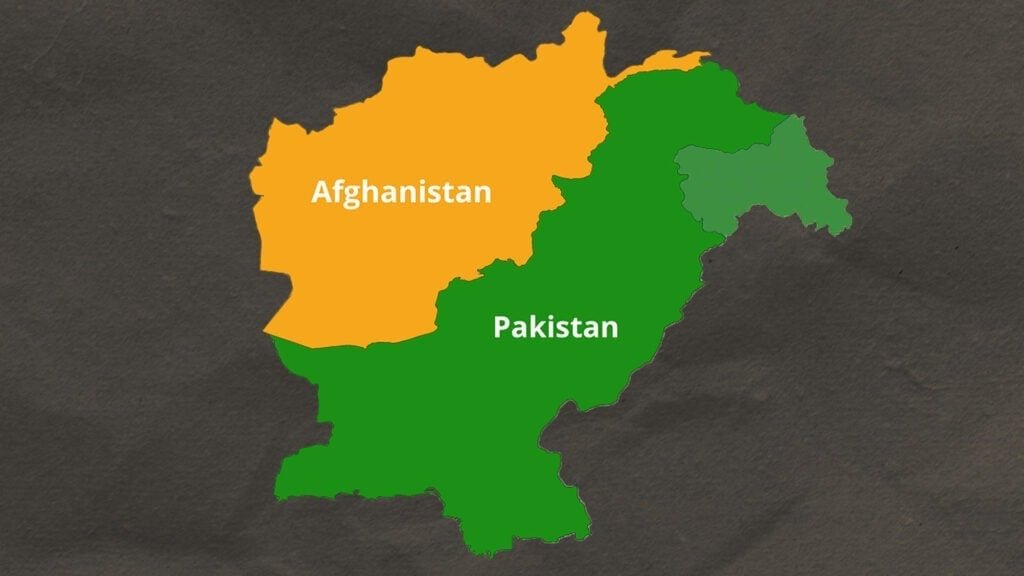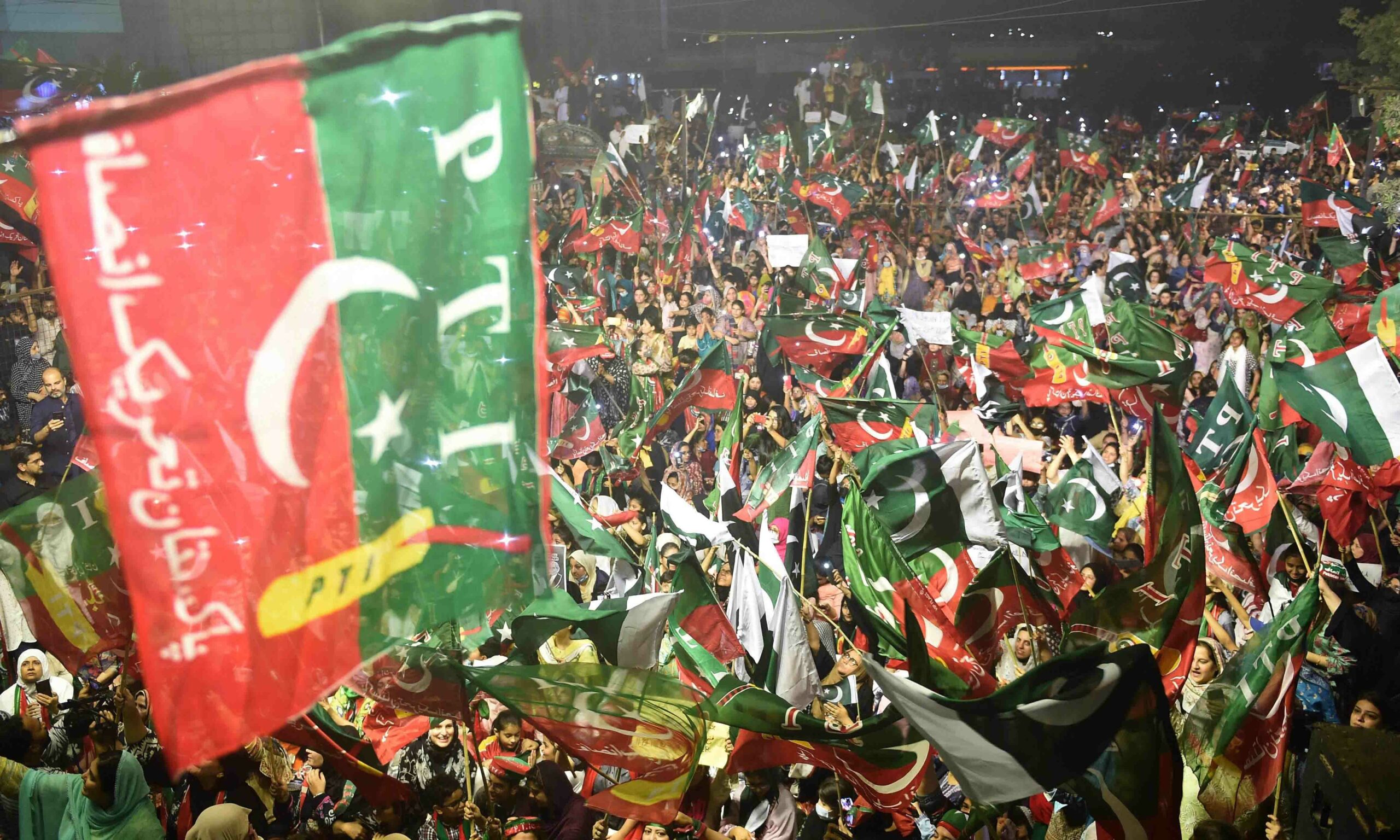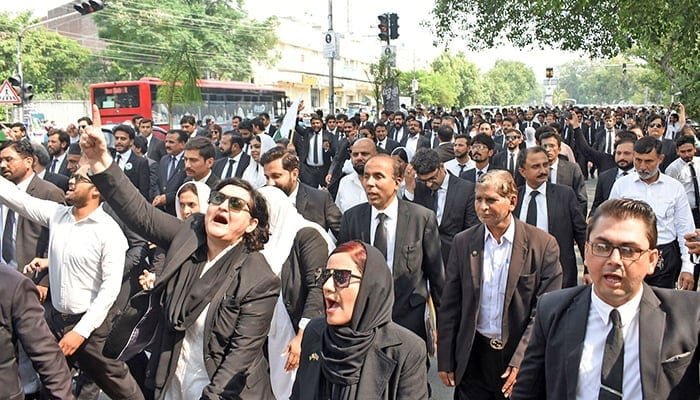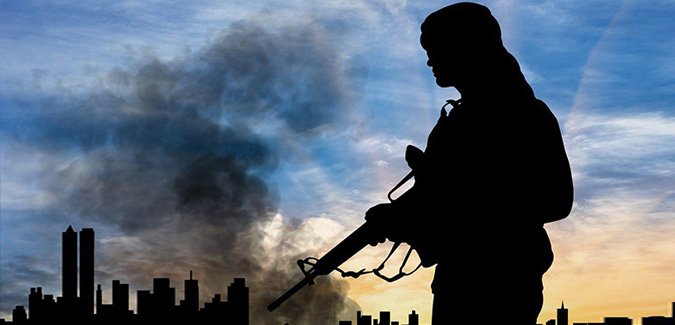By Muhammad Zafar Iqbal
Punjab means the land of five rivers. It is not a piece of land but a civilization encompassing diversified culture, history, ethnicity and geography. The extent of geography is unique. It covers the central lands of the Indus civilization. Then, the geography of Punjab mourns the division of 1947 that split apart the core of Punjab land. Punjab has been reshaping for centuries as it had never been an ethnic society. It is primarily a geographical entity of five rivers.
However, the nationalism of south Punjab is more linguistic than geographical. It is purely a Saraikistan. Then, administrative compulsions carved out existing south Punjab. Therefore, still, it has yet to settle down to the administrative whims of the state. The primary differences are linguistic. Then there are economic, cultural and organizational issues also. Punjab has primarily three cultures. The cultures of Pothohar, Central and South Punjab are unique among themselves. South Punjab also has three main sub-cultures; the Baloch culture, the Bahawalpur state culture and the culture of settlers who migrated from central Punjab or India.
South Punjab is a feudal society. The feudalism of south Punjab is unique. It represents the might of Baloch chieftains, conventional landlords and spiritual clergy. Then, they are the only elite. The extension of their power is autocratic, as it controls the economic, cultural and spiritual aspects of individual and collective life. Hence, this orientation of power makes a society of privilege. The elite is privileged, and the rest depend on the elite’s will.
However, the scenario has been ever-changing for decades now. The suppression has already its culmination. There is an exhibitive resistance against Baloch Sardars; Religious clergy has lost spiritual spells, and landlords are giving in to the might of people in business. There is inward resistance among the deprived people. The opposition is cultural with economic connotations. The Youth of Punjab is dissatisfied with society’s cultural and political dimensions. They want independence from the elite of South Punjab. They want political and cultural empowerment.
Unfortunately, the central cultural and political forces have yet to realize the lurking sentiment. The major powers still see South Punjab through the vision of the elite of South Punjab. It may be the easiest way to handle a particular area in a security state. The state never prioritized the people of South Punjab. It always invested in the elite of South Punjab. This elite in the national politics of Pakistan represents almost all Pakistan political parties. One can quickly grasp the orientation if one dissects the constituency’s candidates of all the political parties. Fundamentally, the existing political parties are the insurance policy of the decaying elite of South Punjab.
The elite in South Punjab controls the political landscape. The leadership is generational. Kiths and Kinds of elite represent the people of South Punjab. As a structural principle, the elite of South Punjab can not affiliate with ordinary people. The elite takes education as a potential threat to their autocracy. They say that even a highly qualified landlord shall not allow spreading the education because it will finally recede his autocratic authority. The elite also controls the economic and cultural orientation of the area.
Then, People are emancipating themselves, as the case is all over the world against suppression and autocracy. However, power corridors nor political parties support the people of South Punjab. Then, there are glimpses that people have started developing their own choices. The political landscape is evolving slowly but surely. There is a rudimentary political change. Economic patterns in the deep-rooted society are also changing. Cultural liberalization is also on a path of growth. Hence, visible patterns of change cover almost all aspects of individual and collective life and are slowly but surely creeping into the culture of South Punjab.
Historically, the Pakistan People’s Party was comparatively more popular in the area. Then, the leadership of the PPP relied heavily on the elite electives who distanced the ordinary people of South Punjab from the PPP. The people of South Punjab earlier welcomed the political ideology of Roti, Kapra and Makan, and common people stood for it. When feudal took this ideology over the ordinary people, people turned out against the PPP and voted for PML N in the elections of 2013. However, the same elite families represented the people, and it was not a political change but only a change of parties. PML N and PPP remained the same political Party for the people of South Punjab because both parties empowered the elite rather than the ordinary people.
The political emergence of PTI fascinated the people of South Punjab. The ideology of change grabbed the attention of the people of South Punjab. People who were fed up with the area’s political elite voted for PTI in the 2018 elections. However, the representation was the same old elite guards. People hoped PTI would change the area’s political dynamics and empower ordinary South Punjab people. But, it was not the case. PTI also preferred the old electable families and provided insurance to the ever-dying political elite of South Punjab. PTI did not connect the people of South Punjab but the area’s landlords. It has now disillusioned the people of South Punjab. As people are voting for Imran Khan, they feel their sentiments do not have value in the eyes of Political leaders. The choice of Imran khan and PTI was a chieftain of a Baloch tribe for the appointment of Chief Minister of Punjab. He might be from the backward area but certainly not from the common people.
The vice chairman of PTI is a clergy landlord of the area. He does not represent the familiar people of South Punjab. The ordinary and core workers of the Party do not affiliate with the feudal leadership of South Punjab. Let me put another example, the MNA from DG Khan, Mrs Zartaj Gul, is an ordinary worker and has defeated the chieftain of the most influential tribe in the area. It happened because the ordinary people voted for her under the slogan of change in the 2018 elections. The people of South Punjab feel deceived by the Party’s political leadership. They believe if PTI represents the will of the people through feudalism, it means that there is no difference between PTI and the rest of the parties.
Last but not least, the political parties and powerful corridors must understand the underlying sentiments of the people of South Punjab and the area, and the politicians should represent the will of the ordinary People. The common people of South Punjab want a change from the feudal culture.
The writer is the CEO of the republic policy















